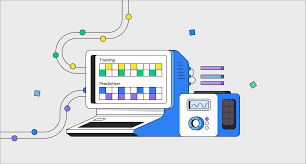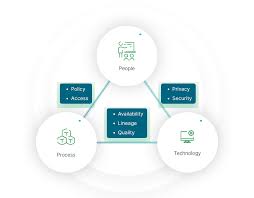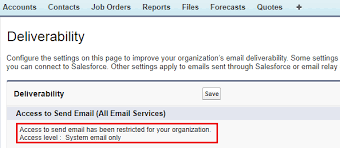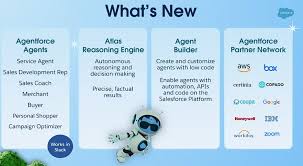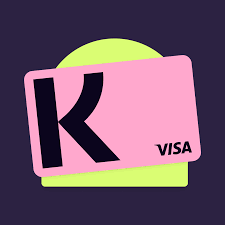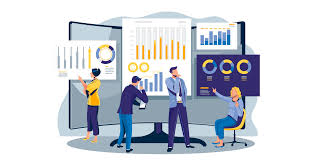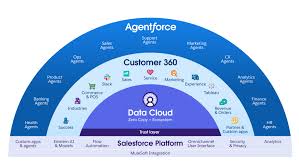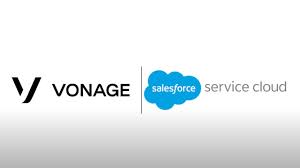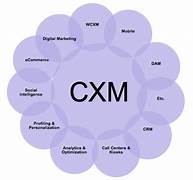Training and Testing Data
Data plays a pivotal role in machine learning (ML) and artificial intelligence (AI). Tasks such as recognition, decision-making, and prediction rely on knowledge acquired through training. Much like a parent teaches their child to distinguish between a cat and a bird, or an executive learns to identify business risks hidden within detailed quarterly reports, ML models require structured training using high-quality, relevant data. As AI continues to reshape the modern business landscape, the significance of training data becomes increasingly crucial. What is Training Data? The two primary strengths of ML and AI lie in their ability to identify patterns in data and make informed decisions based on that data. To execute these tasks effectively, models need a reference framework. Training data provides this framework by establishing a baseline against which models can assess new data. For instance, consider the example of image recognition for distinguishing cats from birds. ML models cannot inherently differentiate between objects; they must be taught to do so. In this scenario, training data would consist of thousands of labeled images of cats and birds, highlighting relevant features—such as a cat’s fur, pointed ears, and four legs versus a bird’s feathers, absence of ears, and two feet. Training data is generally extensive and diverse. For the image recognition case, the dataset might include numerous examples of various cats and birds in different poses, lighting conditions, and settings. The data must be consistent enough to capture common traits while being varied enough to represent natural differences, such as cats of different fur colors in various postures like crouching, sitting, standing, and jumping. In business analytics, an ML model first needs to learn the operational patterns of a business by analyzing historical financial and operational data before it can identify problems or recognize opportunities. Once trained, the model can detect unusual patterns, like abnormally low sales for a specific item, or suggest new opportunities, such as a more cost-effective shipping option. After ML models are trained, tested, and validated, they can be applied to real-world data. For the cat versus bird example, a trained model could be integrated into an AI platform that uses real-time camera feeds to identify animals as they appear. How is Training Data Selected? The adage “garbage in, garbage out” resonates particularly well in the context of ML training data; the performance of ML models is directly tied to the quality of their training data. This underscores the importance of data sources, relevance, diversity, and quality for ML and AI developers. Data SourcesTraining data is seldom available off-the-shelf, although this is evolving. Sourcing raw data can be a complex task—imagine locating and obtaining thousands of images of cats and birds for the relatively straightforward model described earlier. Moreover, raw data alone is insufficient for supervised learning; it must be meticulously labeled to emphasize key features that the ML model should focus on. Proper labeling is crucial, as messy or inaccurately labeled data can provide little to no training value. In-house teams can collect and annotate data, but this process can be costly and time-consuming. Alternatively, businesses might acquire data from government databases, open datasets, or crowdsourced efforts, though these sources also necessitate careful attention to data quality criteria. In essence, training data must deliver a complete, diverse, and accurate representation for the intended use case. Data RelevanceTraining data should be timely, meaningful, and pertinent to the subject at hand. For example, a dataset containing thousands of animal images without any cat pictures would be useless for training an ML model to recognize cats. Furthermore, training data must relate directly to the model‘s intended application. For instance, business financial and operational data might be historically accurate and complete, but if it reflects outdated workflows and policies, any ML decisions based on it today would be irrelevant. Data Diversity and BiasA sufficiently diverse training dataset is essential for constructing an effective ML model. If a model’s goal is to identify cats in various poses, its training data should encompass images of cats in multiple positions. Conversely, if the dataset solely contains images of black cats, the model’s ability to identify white, calico, or gray cats may be severely limited. This issue, known as bias, can lead to incomplete or inaccurate predictions and diminish model performance. Data QualityTraining data must be of high quality. Problems such as inaccuracies, missing data, or poor resolution can significantly undermine a model’s effectiveness. For instance, a business’s training data may contain customer names, addresses, and other information. However, if any of these details are incorrect or missing, the ML model is unlikely to produce the expected results. Similarly, low-quality images of cats and birds that are distant, blurry, or poorly lit detract from their usefulness as training data. How is Training Data Utilized in AI and Machine Learning? Training data is input into an ML model, where algorithms analyze it to detect patterns. This process enables the ML model to make more accurate predictions or classifications on future, similar data. There are three primary training techniques: Where Does Reinforcement Learning Fit In? Unlike supervised and unsupervised learning, which rely on predefined training datasets, reinforcement learning adopts a trial-and-error approach, where an agent interacts with its environment. Feedback in the form of rewards or penalties guides the agent’s strategy improvement over time. Whereas supervised learning depends on labeled data and unsupervised learning identifies patterns in raw data, reinforcement learning emphasizes dynamic decision-making, prioritizing ongoing experience over static training data. This approach is particularly effective in fields like robotics, gaming, and other real-time applications. The Role of Humans in Supervised Training The supervised training process typically begins with raw data since comprehensive and appropriately pre-labeled datasets are rare. This data can be sourced from various locations or even generated in-house. Training Data vs. Testing Data Post-training, ML models undergo validation through testing, akin to how teachers assess students after lessons. Test data ensures that the model has been adequately trained and can deliver results within acceptable accuracy and performance ranges. In supervised learning,

